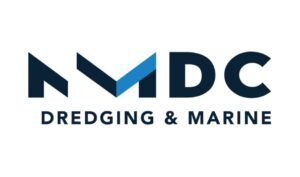Marinas and shallow draft harbors are the primary portals from the land to the sea for recreational boating and general public access to the water. The growth of recreational boating, along with the growth of coastal development in general, has led to a growing awareness and sensitivity to the need to protect the environmental quality of our waterways. Because marinas are located right at the water’s edge, there is a strong potential for marina waters to become contaminated with pollutants generated from the various activities within the marinas, and more frequently from events occurring externally of the marina basin.
Adverse environmental impacts may result from the following sources of pollution associated with marinas and recreational boating:
-
poorly flushed waterways where dissolved oxygen deficiencies exist;
-
pollutants discharged from boats;
-
pollutants transported in stormwater runoff from parking lots, roofs, and other impervious surfaces;
-
the physical alteration or destruction of wetlands and of shellfish and other benthic communities during the construction of marinas, ramps, and related facilities; and
-
pollutants generated from boat maintenance activities on land and in the water (USEPA, 1993).
Pollutants generated from these sources can include :
-
BOD (biological oxygen demand) and SOD (sediment oxygen demand) caused by organics in sewage, fish cleanings, and food waste discharged from recreational boats;
-
nutrients from sewage, fish cleanings, and food waste discharged from recreational boats;
-
pathogens from sewage discharged from recreational boats;
-
metals from several sources, including leaded fuel additives, lead in bilge from boat ballast; arsenic from paint pigment, pesticide, and wood preservatives; zinc from anodes used to deter metal corrosion; copper and tin from biocidal antifouling agents; and other metals from boat and marina construction. Copper is the most common metal found at toxic concentrations in marina waters. Both copper and tin (as butyltin) have been found at toxic concentrations in marina waters nationwide, deriving from boat hull bottom paints and scrapings;
-
turbidity from sediments suspended by boat operation and dredging activities;
-
petroleum hydrocarbons from refueling activities and bilge or fuel discharge from boats.

















